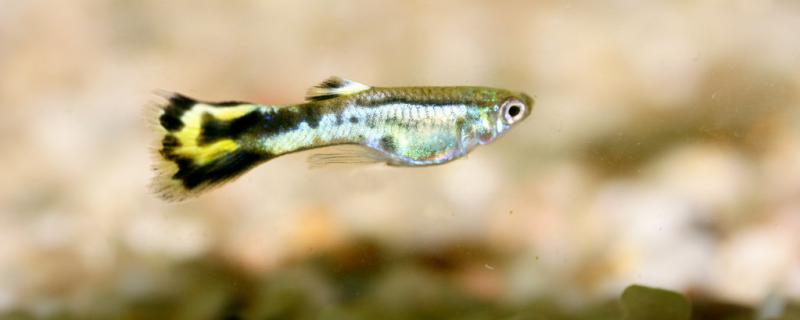
If the feeding density is normal, it is best not to be oxygenated. Because the guppy's demand for oxygen is not high, as long as the water quality is clean, it can not be oxygenated. Moreover, oxygen will have airflow, which can easily affect their rest. But if the feeding density is high, it is better to oxygenate, because the dissolved oxygen in the water with high density will be reduced. Although the demand for oxygen is not high, the guppy will suffer from discomfort or even death after hypoxia, so it is better to oxygenate the guppy when the feeding density is high.
In summer, when the temperature is higher or the air pressure is lower, they also need to be oxygenated. Because high temperature and low air pressure will lead to a decrease in dissolved oxygen in water, it is better to use oxygen in both cases.
guppies 1. Water temperature: Guppies are tropical fish, and their favorite water temperature is between 22-26 degrees Celsius. Breeders can install heating rods to ensure constant water temperature at ordinary times.
2. Water quality: Guppies like weak alkaline water, and the PH value should be controlled between 7.2 and 7.4. Usually, it can be changed 1-2 times a week, and the amount of water changed each time can be controlled at a quarter of the total amount of water. If conditions permit, a circulating filtration system can be installed to ensure the stability of water quality.
3. Feeding: Guppies have mixed feeding habits and can eat many kinds of food. Breeders can feed them with synthetic feed and animal feed. The animal feed suitable for guppies includes shrimp, red worms, mealworms, blood worms and so on.